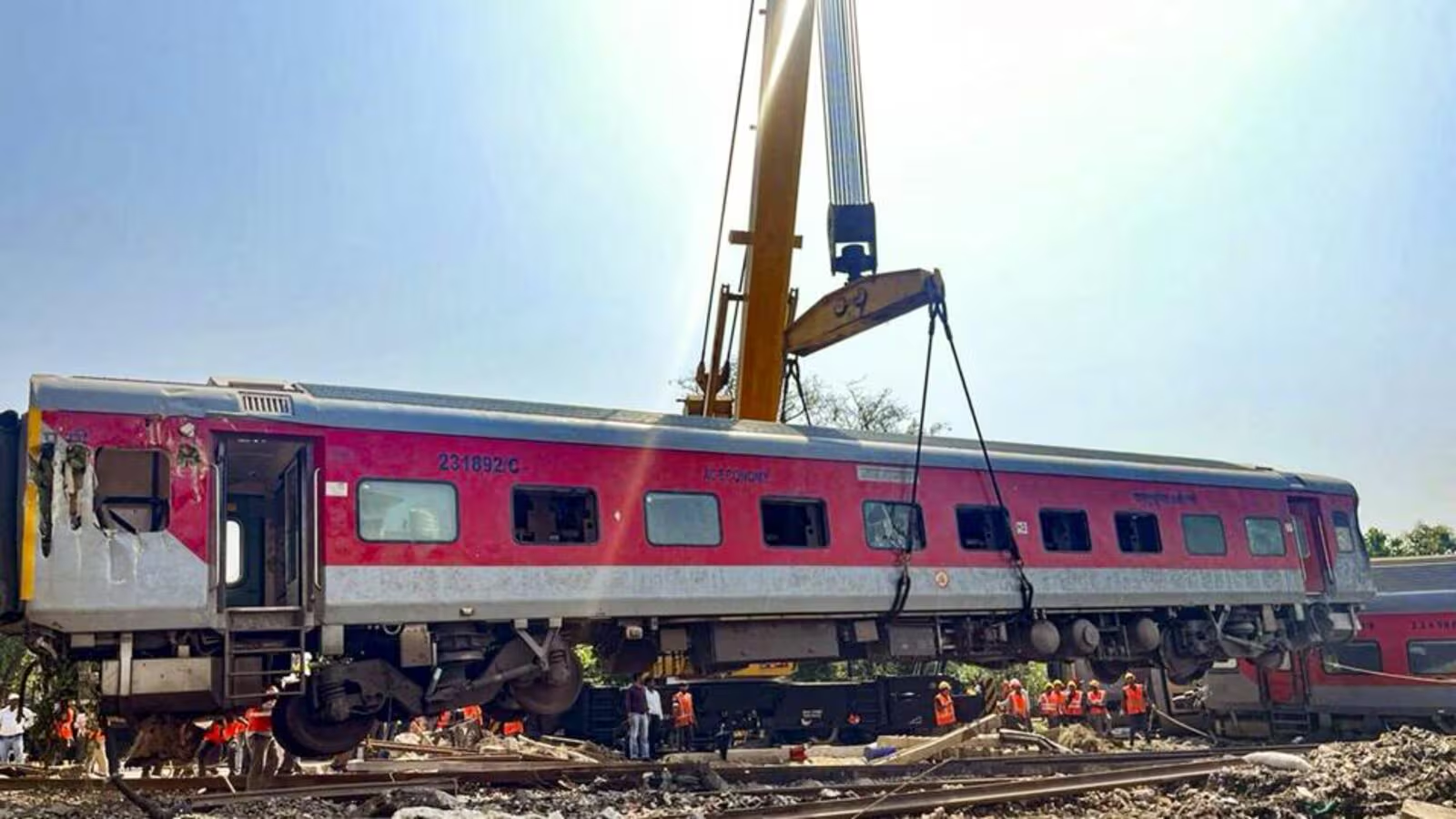Sector: Railways
Situation: Infrastructure Disruption
The Situation
In October 2023, the North East Express derailed near Buxar, Bihar, injuring over 100 passengers and causing one of the most significant service suspensions in recent years. The derailment occurred along a key railway corridor, impacting both passenger and freight services.
The immediate consequences were severe: stranded passengers, widespread delays, and cascading disruptions across the eastern railway network. Beyond passenger safety concerns, freight operations faced major setbacks as blocked lines delayed deliveries. The event placed enormous pressure on railway operators, regulators, and insurers to respond quickly and effectively.
Challenges
The derailment exposed several critical challenges for stakeholders in India’s railway sector:
· Passenger and Crew Safety Risks: Injured passengers and the need for swift rescue operations made safety the top priority.
· Freight Delays: Blocked lines caused ripple effects across the corridor, affecting freight schedules and supply chains.
· Uncertainty of Scale and Duration: Limited visibility on the full extent of disruption complicated planning and communication.
· Coordination Gaps: Operators, regulators, and insurers struggled to align responses in real time.
These challenges underscored the importance of real-time intelligence and coordinated crisis management to minimize disruption and restore services efficiently.
How Datasurfr Intelligence Helped
Datasurfr Intelligence provided verified, timely updates to support stakeholders in managing the derailment’s impact:
1. Proactive Risk Mitigation
Issued early alerts sourced from railway and safety networks, enabling operators and insurers to gain immediate situational awareness of the accident.
2. Operational Continuity
Delivered verified updates on blocked track sections and restoration timelines, helping operators reroute both passenger and freight services with minimal delays.
3. Exposure Clarity
Identified affected stations, congestion points, and operational bottlenecks, assisting stakeholders in planning interim measures and resource allocation.
4. Regulatory Communication
Monitored official advisories and regulatory updates, ensuring consistent messaging to passengers, freight clients, and insurance partners.
5. Safety Awareness
Tracked emergency response deployments on the ground, helping operators and insurers align decisions with real-time relief operations.
Impact
The use of Datasurfr Intelligence significantly improved crisis response during the Buxar derailment:
· Faster Assessment: Enabled rapid evaluation of service disruption and likely restoration timelines.
· Improved Safety Decisions: Verified updates supported better protection for passengers and crew.
· Reduced Freight Uncertainty: Freight clients received timely, accurate communication on delays and rerouting.
· More Coordinated Response: Strengthened collaboration between operators, insurers, and regulators.
Key Takeaways
The derailment revealed key lessons for India’s rail sector and its insurance partners:
· Real-time intelligence ensures rapid response. Without verified updates, operators face dangerous delays in decision-making.
· Passenger safety and communication must remain the first priority. Accurate updates reduce panic and improve coordination with relief efforts.
· Freight resilience requires continuity planning. Cascading disruptions in freight highlight the need for rerouting strategies.
· Insurers play a critical role. Transparent intelligence helps insurers anticipate claims exposure and support operators effectively.
· Coordinated communication bridges trust gaps. Regulators, operators, and insurers must align messaging during crises.
Conclusion
The Buxar train derailment of 2023 was a stark reminder of how quickly an accident can escalate into a network-wide disruption. Beyond immediate safety risks, the derailment triggered widespread freight delays, passenger inconveniences, and operational strain across the rail sector.
With the support of Datasurfr Intelligence, stakeholders were able to respond faster, maintain continuity, and communicate more effectively. From early alerts and exposure mapping to safety tracking and regulatory alignment, intelligence-driven insights enabled a more coordinated response.
This case reinforces a critical point: in high-stakes railway operations, real-time intelligence is the foundation of resilience, ensuring safety, continuity, and trust even in the face of large-scale disruptions.


